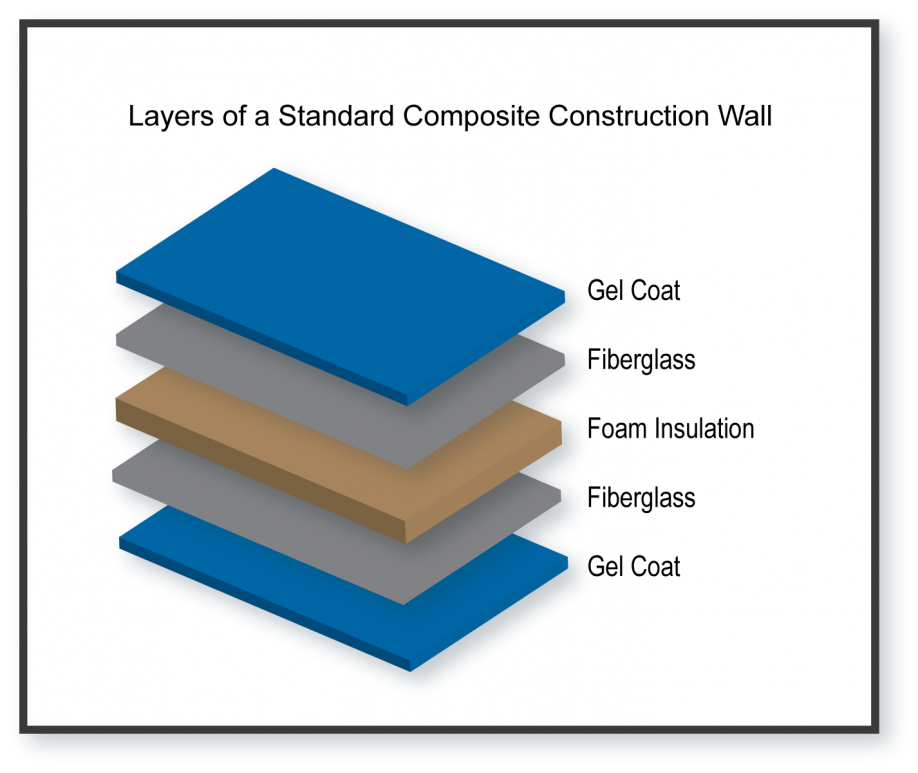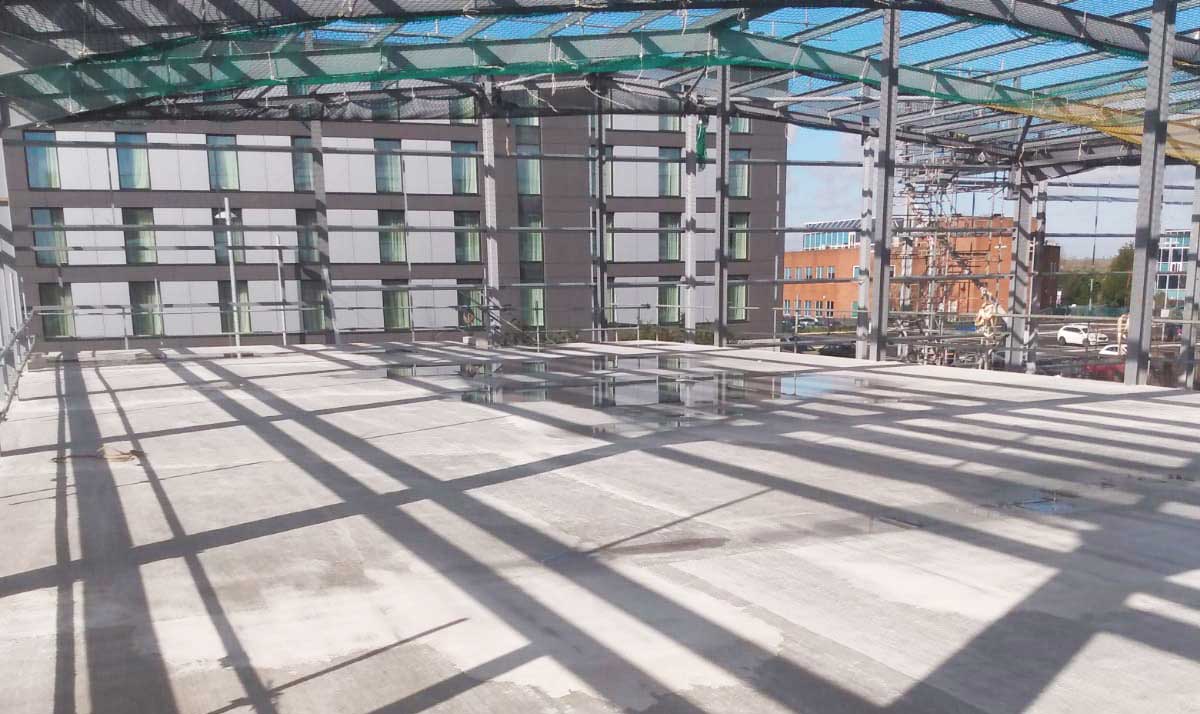Unlocking the Environmental Advantages of Recycled Composites in Building And Construction and Style
In the world of construction and style, the usage of recycled compounds holds considerable promise for improving sustainability practices and lowering ecological effect (composites). By including these ingenious materials, there is a possible to deal with crucial concerns such as waste minimization, power conservation, and a decrease in carbon footprint. The change towards an extra lasting future in these industries depends upon unlocking the full capacity of recycled compounds. This conversation will certainly check out the complex advantages and challenges related to integrating recycled compounds right into construction and style, providing a glimpse right into the transformative possibilities that lie ahead.

Environmental Impact Decrease
The decrease of ecological influence through the usage of recycled compounds in construction and design plays an important role in sustainable methods. By incorporating recycled compounds right into building materials, the building and construction market can considerably decrease its carbon impact and contribute to a more eco-friendly future. These lasting materials, made from repurposed plastics, timber fibers, or other recycled elements, use a sensible choice to conventional construction materials without jeopardizing on quality or durability.
Recycled compounds help draw away waste from landfills and minimize the need for removing basic materials, hence saving natural deposits. In addition, the manufacturing procedure of these composites often eats less power and releases fewer greenhouse gases contrasted to generating virgin materials (composites). This change towards making use of recycled compounds not just lessens environmental harm but also promotes a circular economic situation by urging the reuse of products that would certainly or else be disposed of
Waste Reduction
With a concentrate on lessening waste in construction and design, the combination of recycled composites uses a sustainable option to lower environmental influence. Waste minimization is an important aspect of lasting practices, and using recycled composites provides a possibility to achieve this objective effectively. By using products that have already offered their initial purpose, such as recycled plastics or recovered timber fibers, the building and layout industries can substantially lower the amount of waste generated and sent to land fills.
Recycled composites have the prospective to draw away considerable amounts of waste from conventional disposal methods, adding to an extra round economy where sources are used efficiently. Additionally, the manufacturing procedure of recycled compounds often consumes less power and produces fewer emissions compared to virgin materials, further decreasing the environmental impact of construction and layout tasks.
Applying waste reduction methods with the incorporation of recycled compounds not just assists in conserving natural deposits however likewise promotes an extra lasting technique to building and designing for a greener future.
Power Preservation
Integrating recycled composites not only minimizes waste in construction and layout however additionally plays an essential role in boosting energy preservation methods within the sector. Using recycled composites in building and construction can substantially contribute to power conservation via different means. The production of virgin products usually requires considerable energy inputs, whereas making use of recycled composites eats much less energy, consequently minimizing overall power usage. Additionally, integrating recycled composites can add to better insulation properties in buildings, lowering the requirement for excessive home heating or air conditioning, and subsequently lowering power usage for climate control. In addition, the lightweight nature of several recycled composites can lead to lighter frameworks, requiring less power for transportation and installment. By advertising the usage of recycled composites in building and construction and style, the sector can make substantial strides towards attaining energy performance and decreasing its carbon impact, inevitably adding to a much more lasting built setting.
Carbon Impact Reduction
Enhancing sustainability practices via the application of recycled compounds in building and design significantly lowers the carbon impact of the market. By incorporating recycled products into the manufacturing of compounds, the requirement for virgin resources decreases, causing lower power usage and greenhouse gas emissions related to typical manufacturing procedures. This decrease in carbon footprint is critical in combating environment change and advertising a much more eco-friendly technique to building and design.
In addition, using recycled compounds likewise helps in drawing away waste from garbage dumps, thus reducing the environmental influence of disposal and advertising a circular economy. The carbon footprint reduction attained via the adoption of recycled composites straightens with the international press towards lasting techniques and the reduction of industrial exhausts. It showcases a dedication to responsible source management and a change towards greener choices in the building and design fields. Inevitably, by prioritizing the assimilation of recycled composites, the sector can make considerable strides in lowering its carbon footprint and contributing to an extra sustainable future.
Lasting Future
The integration of recycled compounds in building and construction and layout not just addresses prompt environmental worries but additionally lays a strong foundation for a lasting future in the sector. By integrating recycled composites right into building products and products, the building and construction and style fields can substantially minimize their dependence on virgin sources, resulting in an extra circular economic situation. This more tips here shift towards sustainability is critical for reducing the ecological influence of standard building and construction practices, which commonly cause high levels of waste generation and resource deficiency.

Conclusion
To conclude, recycled compounds use considerable ecological advantages in building and layout by reducing environmental impact, lessening waste, saving energy, decreasing carbon impact, and promoting a sustainable future. Accepting the use of recycled composites can add to an extra environmentally-friendly approach to building and design, ultimately resulting in a more sustainable and greener future for all.
The reduction of environmental impact with the use of recycled compounds in building and construction and layout plays a vital duty in lasting techniques.With an emphasis on reducing waste in building and layout, the assimilation of recycled composites provides a sustainable option to minimize environmental effect. By promoting the use of recycled compounds in building and construction and style, the industry can make substantial strides in the direction of attaining power efficiency and lowering its carbon footprint, ultimately contributing to a much more sustainable developed Website environment.
